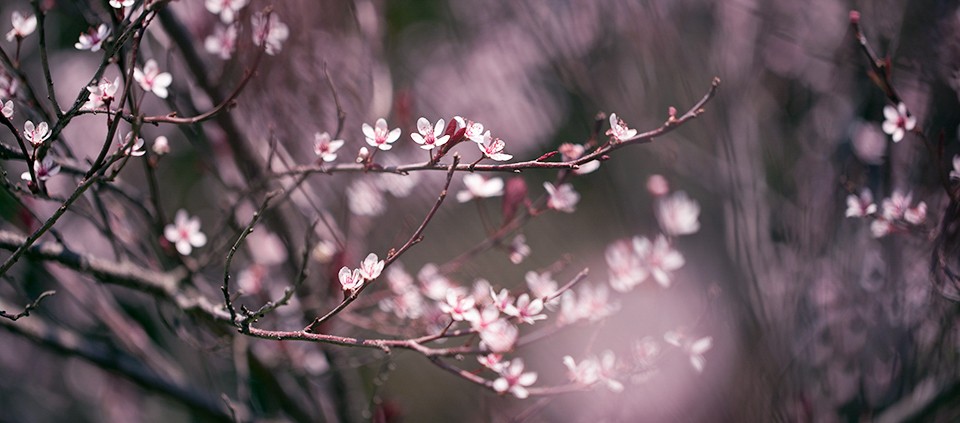Navigating Yoga, Desire, and Surrender

by Jonathan Ambar
“Today I want to talk about desire.”
It’s a Monday night at Tom Gillette’s open vinyasa class at Eyes of the World Yoga in Providence, Rhode Island. The classroom is full, about 40 students or so, but it doesn’t feel packed. With its slanted roof, burgundy-red carpet, and soft lights, the room is spacious yet cozy, imbued with a feeling of warmth and camaraderie, and I feel welcome right away.
I have driven more than two hours to attend this class, and Tom’s to-the-point opening statement is a bit jarring. I know all about desire: my cranky shoulders, leaden hamstrings, and tight hip flexors were practically screaming “Move me!” by the time I settled onto the cushion, eager to trade Toyota for vinyasa. I was hoping for a body-based centering, but instead I’m gearing up for a dharma talk. Yet as Tom continues, I’m captivated by his conversational tone and grounding presence, and I’m thankful to begin resting my attention on something other than the Massachusetts Turnpike.
Tom elaborates upon the ego—the small self—and the path of the deeper Self. He quotes the Upanishads and Carl Jung, setting the intention of the class with a philosophical inquiry as preparation for the physical practice ahead. One surprising yet profound analogy: “The mind is like a prostitute,” Tom says with a wry smile. “Its job is to fulfill desire.”
I can’t argue with Tom when he talks about the way ego-driven desires can manifest themselves into our yoga practice. He speaks of how, oftentimes, we believe that wearing the “right” outfits in class or doing the “right” postures will progress our practice, but the essence of our practice is deeper than that: it’s about creating space within ourselves, which, at the end of the day, has nothing to do with what we wear or what we can or can’t do on the mat.
A former sailboat captain and Kripalu resident, Tom has a jovial enthusiasm and multifaceted knowledge of yoga that keep me and my fellow classmates expertly navigating smooth waters once we start moving. As my thankful spine undulates through a supple series of Cat-Cows, with hands and knees placed more widely than usual, per Tom’s suggestion, I am confronted by another moment of inquiry: Can I still keep my center even though my arms and legs are a bit farther from the midline? Hmmm. So far, so good …
The class is vigorous without being taxing—perfect Middle Path pacing, and I am comforted by the simplicity of the sequencing. Yet even within the familiarity of the postures, my experience of them is anything but ordinary—I find Tom’s ability to crystallize keen anatomical details invigorating. For example, he encourages us to keep a slight bend in the elbows in Cobra so as to take the weight off the joints. Within the space of the vinyasas, he allows each student the freedom to explore the pose and modify, as he offers suggestions and makes the class as much of an individual experience as it is a group effort. Tom’s invitation to drop the weight of the head in Triangle opens space in my neck and, within the release of my cervical spine, I am still able to maintain strength, length, and breadth in my arms and torso.
Tom weaves philosophical elements into his teaching along with physical-alignment details, transforming each pose into a three-dimensional experience. His language is so rich and poetic that, as a writer and yoga teacher, I feel slightly envious that I hadn’t come up with some of those cues first. (Well, hello, desire—I had almost forgotten about you!) The first time Tom leads us into Bow pose, he says, “Your hip points are the feet pressing into the mat,” which is not only a fantastic visual but also allows me to focus on rooting down my pelvis to support the lift of my heart. For the second Bow, he urges, “Rise up from the muck of your life,” which helps open my heart in a different yet equally profound way.
As we wind down in a twisting variation of Pigeon, my gaze catches on a mobile, featuring a collection of figures in different yoga poses, hanging from the ceiling in a corner. As the figures float in the air, hanging by their strings, they create a shadow on the wall, and the effect is of a tree with thin, spidery branches, webbing the wall with filigree. That image takes me back to what Tom spoke of at the beginning of class. Our yoga practice, like our life, reflects shadows. Our desires, our ego, are aspects of ourselves that exist and that we can choose to honor, accept, and acknowledge. They’re part of the humanity we constantly work with and into which we can allow ourselves to release with gratitude. When class is over and I emerge from a long, delicious Savasana, my whole being is ready for the drive back, open and spacious as I head toward home.
Jonathan Ambar, Kripalu’s Marketing Copywriter, is also a yoga teacher and a burlesque performer.
© Kripalu Center for Yoga & Health. All rights reserved. To request permission to reprint, please e-mail editor@kripalu.org.